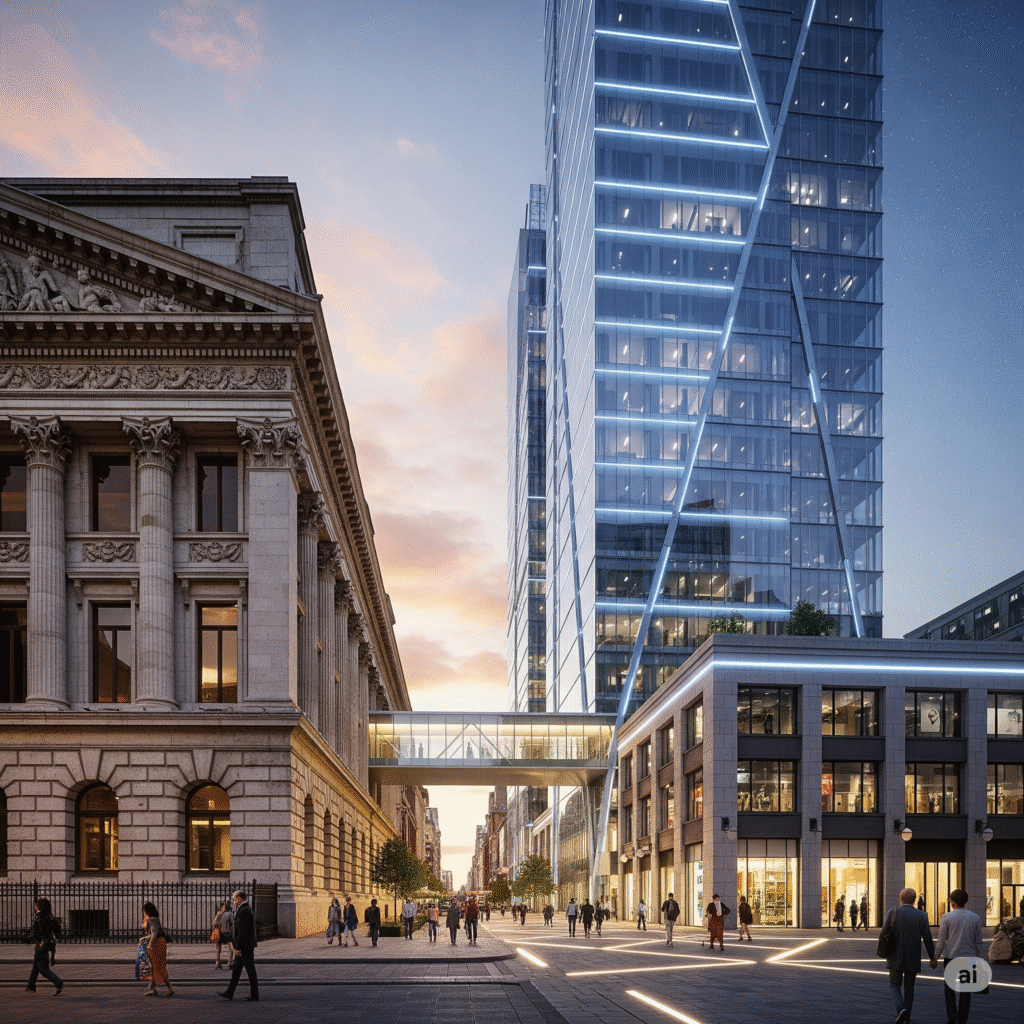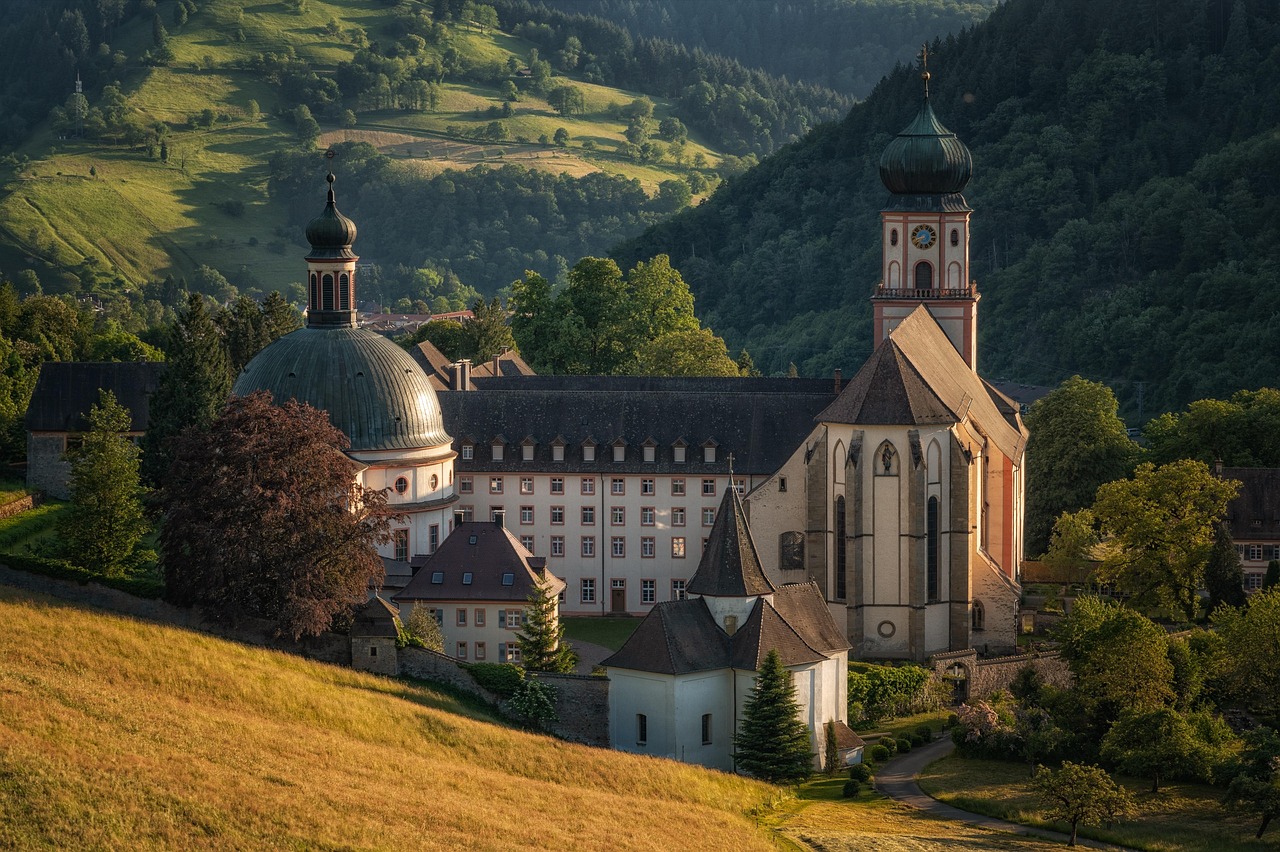Historical buildings often find themselves at the heart of heated debates, with some seeing them as treasured relics of the past and others viewing them as obstructions to progress. While the grandeur of a historic cathedral or the charm of a centuries-old townhouse wows many, questions about their practicality often arise. Are these structures still relevant in a rapidly modernizing world? Should they be maintained, or is demolition the better path forward?
This blog post delves into both sides of the argument, analyzing the merits of preserving historical buildings against the reasoning for tearing them down. By the end, we’ll discuss how preservation and innovation can work in harmony, along with offering actionable insights tailored to the debate.
The Argument for Preserving Historical Buildings
Cultural and Historical Significance
Historical buildings act as timeless storytellers, passing down generations of culture, heritage, and lived experiences. Structures like the Colosseum in Rome and the Taj Mahal in India are more than bricks and mortar; they are symbolic of global and local identities. Preserving such landmarks keeps history alive, giving communities tangible connections to their origins while educating visitors about bygone eras.
Think about the Eiffel Tower in Paris or the Great Wall of China. Imagine if we decided such landmarks weren’t worth maintaining anymore. Not only would this erase cultural heritage, but it would sever future generations’ ability to interact with their histories in a meaningful way.
Tourism and Economic Benefits
One undeniable benefit of historical buildings is their ability to attract tourists. These visitors contribute to local economies through hotel stays, dining, and cultural excursions. For instance, the pyramids of Giza contribute significantly to Egypt’s tourism sector, while landmarks across Europe see millions of visitors every year, significantly boosting the respective cities’ revenues.
Historical buildings also bring indirect economic benefits. Their presence creates local jobs, whether for guides at historical sites, construction workers involved in restoration projects, or small businesses catering to tourists.
Educational Value
Every historical building offers invaluable lessons. They are tangible evidence of how civilizations evolved in terms of architecture, culture, and technology. From elementary school field trips to university architectural studies, these structures offer numerous educational opportunities. Understanding how ancient stonemasons built towering cathedrals without modern tools is a revelation for budding architects and engineers, while historians can piece together human progress through restored sites.
The Argument for Demolishing Historical Buildings
The Call for Modernization and Development
No one can deny the pressing need for modern infrastructure in growing cities. Urban areas are expanding rapidly, and modern buildings equipped with better technologies allow a city to cater to today’s population demands more effectively. Take the example of densely populated cities like Tokyo or Mumbai. Large portions of older buildings have been replaced by high-rises, allowing for improved housing facilities and sustainable urbanization.
Old structures, while nostalgic, may not always be practical. Worn-out facilities, outdated plumbing, and crumbling facades often fail to meet the needs of new generations.
Safety Challenges of Aging Structures
One of the most pressing arguments for demolition lies in the safety risks associated with historical buildings. Maintenance isn’t always an easy or cost-effective route. Buildings that don’t meet safety codes due to their age can become hazards, putting lives at risk. Earthquakes, fires, and other catastrophes can turn poorly maintained historic structures into liability nightmares.
Consider tragedies like collapses prompted by deferred maintenance. While preserving heritage is important, it shouldn’t come at the expense of public safety.
Economic Efficiency
Modern buildings tend to be more energy-efficient by design, aligning with global sustainability goals. Replacing outdated systems in historical sites can be prohibitively expensive, whereas constructing an energy-smart building from scratch can make better financial sense for capacity and energy performance.
Land-value versus utility becomes an additional argument. Does it make economic sense to preserve a small, unused relic when a new facility that generates higher value can be erected in its place?
Balancing Preservation and Progress

Despite the tensions between preservation and development, these two ideas are not mutually exclusive. Here’s how a balance can be achieved:
Adaptive Reuse as a Practical Framework
One promising way to preserve historical architecture while modernizing is adaptive reuse. This approach involves repurposing old structures for new uses, preserving their character while imbuing them with functionality. A stellar example of adaptive reuse is The High Line in New York City, which transformed abandoned railway tracks into a thriving urban park.
Fashioning historical buildings into modern offices, boutique hotels, or community centers honors their heritage while making them relevant in today’s world.
Selective Preservation for Optimal Impact
Not every old building can or should be saved. Implementing criteria to assess which structures carry exceptional cultural, historical, or architectural significance ensures resources are directed effectively. Factors like unique artistry, connection to significant events, or rarity can help cities decide which landmarks deserve prioritization.
Blending Old and New
Cities like Barcelona demonstrate how old and new can coexist harmoniously. The Sagrada Familia by Antoni Gaudí has stood for more than a century alongside innovative architectural projects like Torre Glòries. These integrations highlight the potential for old and new structures to complement, rather than compete with, each other.
People Also Ask About Historical Building Preservation
What are the benefits of preserving historical buildings?
Preserving historical buildings maintains cultural heritage, attracts tourism, and boosts local economies while offering educational value and shared community identity.
What are the challenges of preserving historical buildings?
Preservation can be expensive, and aging structures may present safety challenges. Balancing modernization needs and land-use efficiency is another challenge.
How can historical buildings be modernized?
Adaptive reuse techniques along with upgraded infrastructure and sustainable retrofits make historical buildings suitable for contemporary uses while retaining their character.
Frequently Asked Questions
What is the role of historical buildings in education?
They help students and researchers understand past cultures and technologies with tangible examples that bring history and architecture to life.
How do historical buildings contribute to tourism?
These structures attract visitors worldwide, helping boost local economies and stimulate related industries including hospitality and retail.
What are some examples of adaptive reuse projects?
Beyond The High Line in New York, examples include Battersea Power Station in London (turned into a mixed-use development) and the Distillery District in Toronto.
Why Preservation and Modernization Can Go Hand in Hand
To demolish or preserve—that is not the only question; there’s another more balanced alternative. With adaptive reuse, selective preservation, and harmonious integration, it’s possible to respect heritage while designing for the future. This middle ground honors the past while paving the way for progress, ensuring cities stay culturally rich, economically vibrant, and architecturally exciting.
If you’re intrigued by the idea of preserving culture while fostering progress, explore urban projects or make your voice heard by supporting preservation initiatives. Where history stands alongside innovation, cities thrive.




